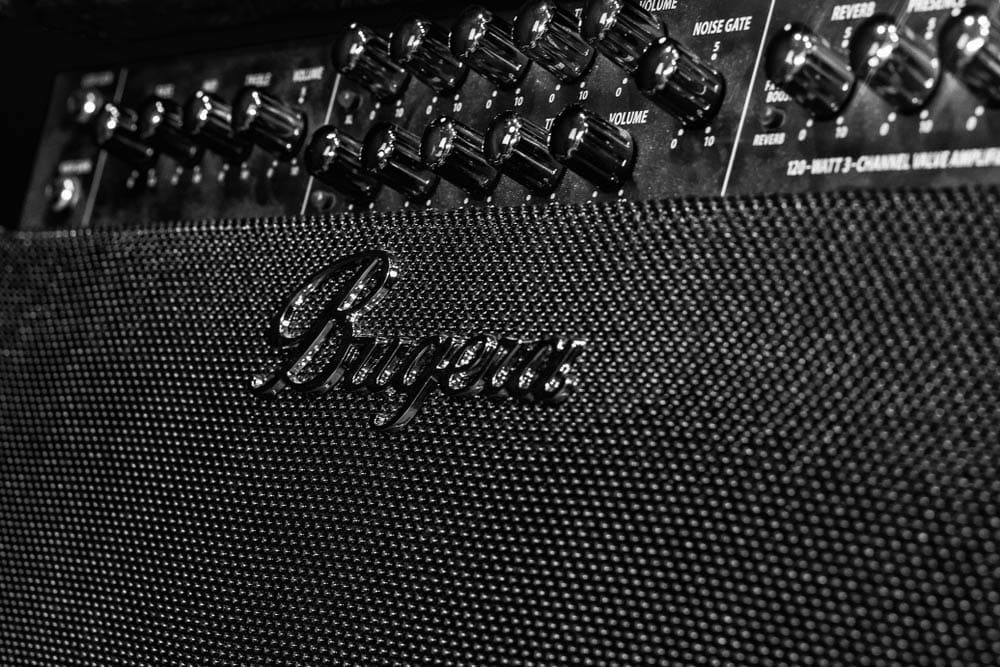
Bugera amps started back in 2000, and they have come a long way ever since. They made sure that the amps they manufactured matched industry standards. Bugera amps have got plenty of innovative features to offer. One can totally rely on the quality of these products.
There is hardly a thing that you can miss while using Bugera amps, thanks to their high functionality, right durability and aesthetic design. It won’t be wrong to call Bugera amps a step beyond the ordinary. However, there are some issues associated with these amps that you might face while using them.
In this article, we will address these issues one by one and provide effective solutions.
Bugera Amp Problems
- Buzz Or Rattle
Users of Bugera amp have complained about this problem frequently that the amp would buzz or rattle from time to time. This sound is really annoying to the players. Even if you try to tighten all the bolts and screws, the unusual sound is still there. The rattle sound is obvious when you play very broad frequencies through it.
You might get the idea through the riddle sound that a blown speaker might be causing it. However, you can run a test to confirm that. Put an extension speaker to the Bugera amp in another room and try playing through it. There is a high chance that the rattle sound still stays there. It means that the speaker is not the problem.
It clearly hints at the fact that the tubes might be bad. If you have owned the Bugera amp for three years or more, the possibility of tubes going bad is pretty rich. That is why manufacturers keep recommending that the tubes should be changed once a year so that everything is kept in tip-top shape.
Replace the old tubes with the new ones and make sure that you use a matched set of power tubes. For example, in JJEL84, there is a correspondent with the 6BQ5. As far as the preamp tubes are concerned, JJECC83 corresponds to the 12X7.
Users who are acquainted with guitar amplifiers would know that these tubes are quite common. The buzzing problem can be efficiently resolved by using these new tubes. In fact, the quality of sound produced from the Bugera amp is significantly enhanced once you replace the tubes.
Another important thing to remember is that usually, the speaker that comes with the Baghera amp is pretty good and functional. So whenever you have buzzing problems, do not jump to the decision of changing the speaker without any analysis of the problem. The Bugera speakers are clean-sounding speakers.
Even if you try to find the replacement of speakers in the market for this particular amp, you might end up getting speakers that are too shrill or muddy. Therefore, always keep the speaker that you get with the amp. Its versatility in the sound is like no other.
- The Sound Gives Out
Most of the problems associated with the Bugera amps are the ones that come with the newly bought amps. As you plug in the new amp, it is possible that you might notice crackling here and there. It is usually succeeded by the sudden decline in the sound, and then the sound gives out altogether.
As a result, the standby light starts flickering, and four red lights go on in the back. You can try to power off the amp for half an hour and then restart it. The result might be no sound whatsoever accompanied by the mere flickering of the standby light, and the red lights turned on.
Looking at the cause of this problem, the first guess goes to the bad connection in the power supply. Therefore, make sure that you try a different power lead and plug it in firmly. It is also helpful to check on the connectors or wiring. They could be burnt and cause problems.
Inspect the fuses as well and make sure they are in good condition. The issue might also be in the bias control board outside the PSU proper. There is a separate bias control computer in the Infinium amps that is PIC based. If you locate any bad cable connection anywhere, it will do a check on all the jumper cables.
In case you have lost one of these bias control cards, you are no longer eligible for the support services offered by Bugera. You are only left with the option of SMD board-level repair. Find someone parting out an amp and get your hands on their board.
You can also do the conversion of the amp to an old fashion bias supply that has been manually adjusted. If that doesn’t resolve your problem, you might suspect the malfunctioning of our transformer. However, it is not common for the transformers to go intermittent.
What you should do is take the measurement of the AVC along the circuit until you see the opening. The circuit protector can have a premature blow because of the voltage leak on the filament supply. In that case, you need to let it run for 45 minutes or more. It can get your right amp running in no time.
- The Amp Cuts In And Out
The problem with the amp cutting in and out starts about half an hour after you have turned on the amp, and then there is a frequent increase in it after every minute. The first thing that you need to check is whether there is an actual cutting out in the output of the end or is it just the intermittent switching channels.
If the latter is the case, you need to take the chassis out and use a speaker load to power it up. In the next step, the relays need to be jiggled gently. If you are able to copy the results of the issue in a consistent manner, inspect the solder joints located on the relay and see if they are cracked.
If there is nothing wrong with the solder joints, you need to do swapping of the suspected relay with another one. If the Bugera amp output actually cuts out, the culprit is mostly the tubes.
That is why most of the manufacturers and repairers suggest that you always need to have the spare tubes around in case you need them for replacement and troubleshooting. The next thing that you should check is the jack on your speaker cable. If it is loose, you need to tighten it. If it is in bad shape, just replace it with the new one.
In some situations, the amp cutting outcomes with all the lights turned on except for the channel lights. It means that the mains are still providing current to the amp. Usually, a dry solder joint or a bad connection is causing the amp to heat up and thus cause the problem.
You need to take a look at the clips in the fuse holders and get them tight. In other scenarios, the working of the circuit is fine until the metal expands because of the broken connection from the heating. Then there is no more flow of current, and it cools down again.
The connection is established, and it gives rise to the cycle all over again. All you need to do is take the amp to a location that is ventilated properly. You can also get a fan that can blow into the gap between the wall and the amp.
If the problem is no more after the improved cooling, it is clear that the heat was causing the problem. However, the flaky mains could also be the reason behind the amp cutting in and out. If you are unable to find the problematic area, you can use a chopstick or another non-conductive item to tap around the amp.
You need to keep doing this until you are sure of a loose or faulty part in the unit. There is a chance of a problem with the power connecter that is getting the amp cut out, but the lights stay on. You should also check whether this is happening to only one channel or all of them.
No matter what the cause of the problem is and how many components it is affecting, you should check every little connector and get it right if it is loose. Usually, the connections have hot glue on them, but they are not totally 100% foolproof.
- The Amp Gets Hot
The Bugera amp getting overheated is one of the most common issues faced by the users. However, the causes of overheating can be abundant. Most of the time, it’s just the insufficient airflow heating the amp by preventing the loss of heat from the unit.
In another case, the amp is not large enough for the speakers, and thus it draws a lot of power towards itself. You can also get the amp overheated if it is not grounded in a proper manner. It goes without saying that there is a potential fire risk associated with an overheated amp.
If the case is extreme, it can lead to the melting of the plastic in your amp. As a result, the amp shuts down so that it can protect itself. That is why it is important to keep your amp cool. As mentioned earlier, you have to make sure that the size of the amp is appropriate enough for your speakers and that it gets the required airflow.
The tubes in the amp can get very hot, so they must be ventilated. The top vent must not be covered with anything so that air can find its way to flow through. The components of the amp desoldering themselves can also cause the amp to overheat. You just need to add a little more solder to cause the dissipation of heat.

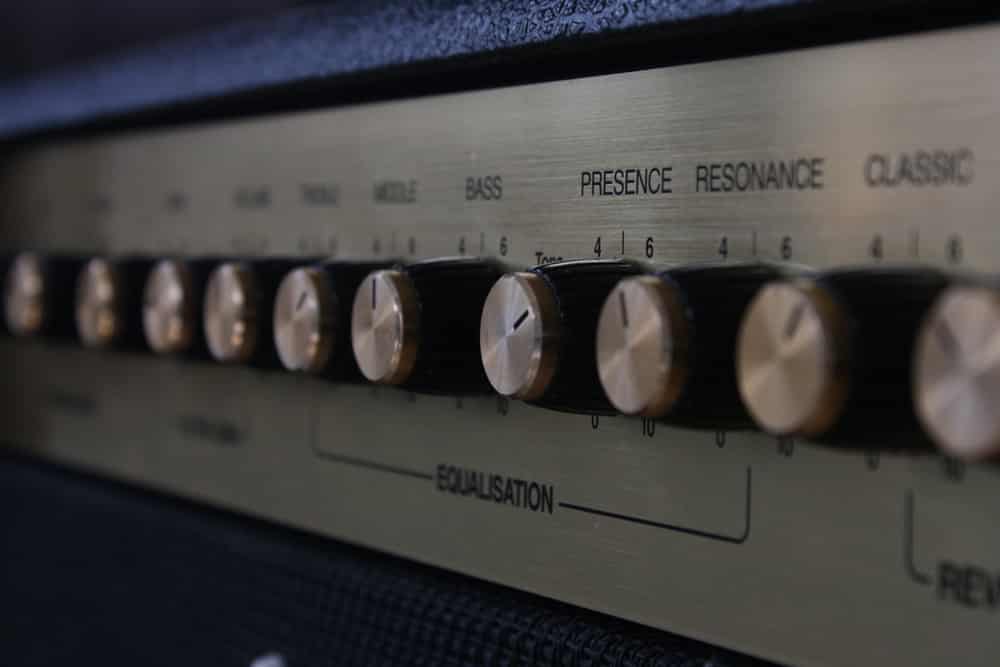
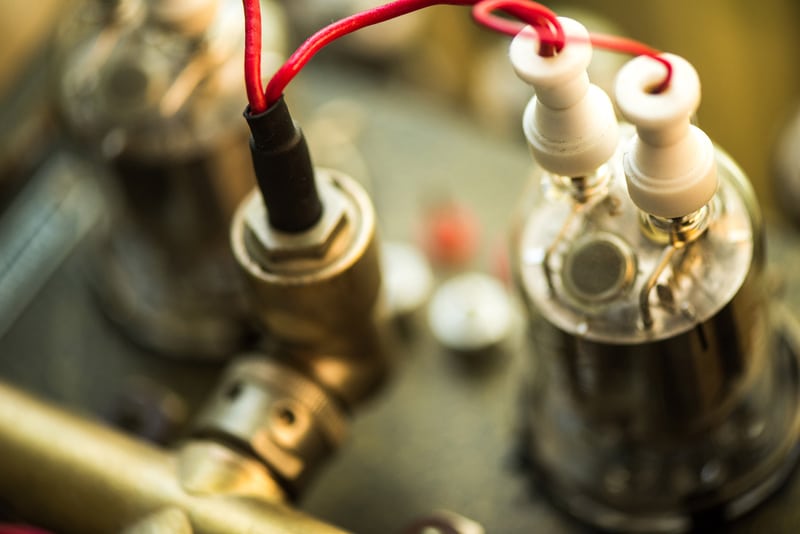
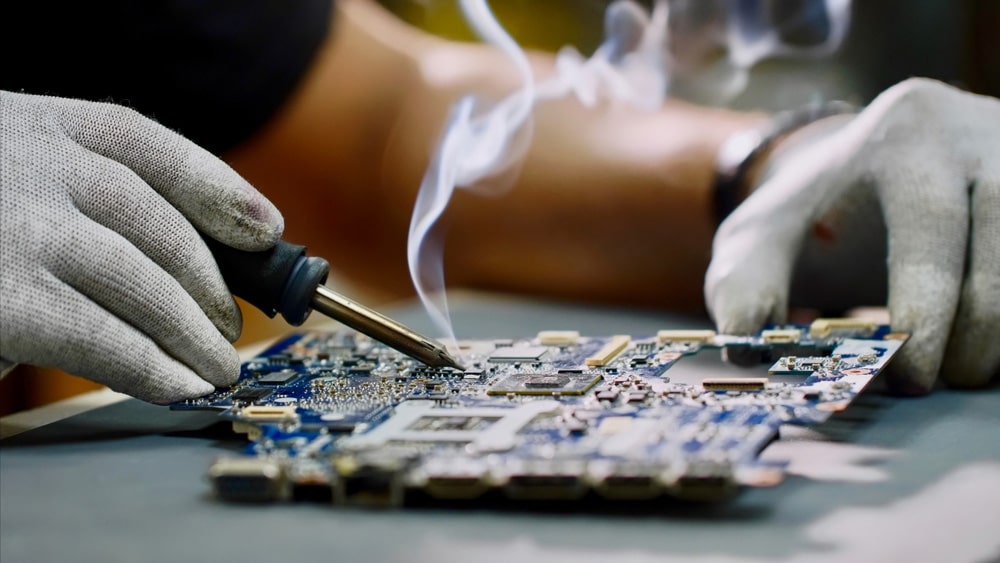
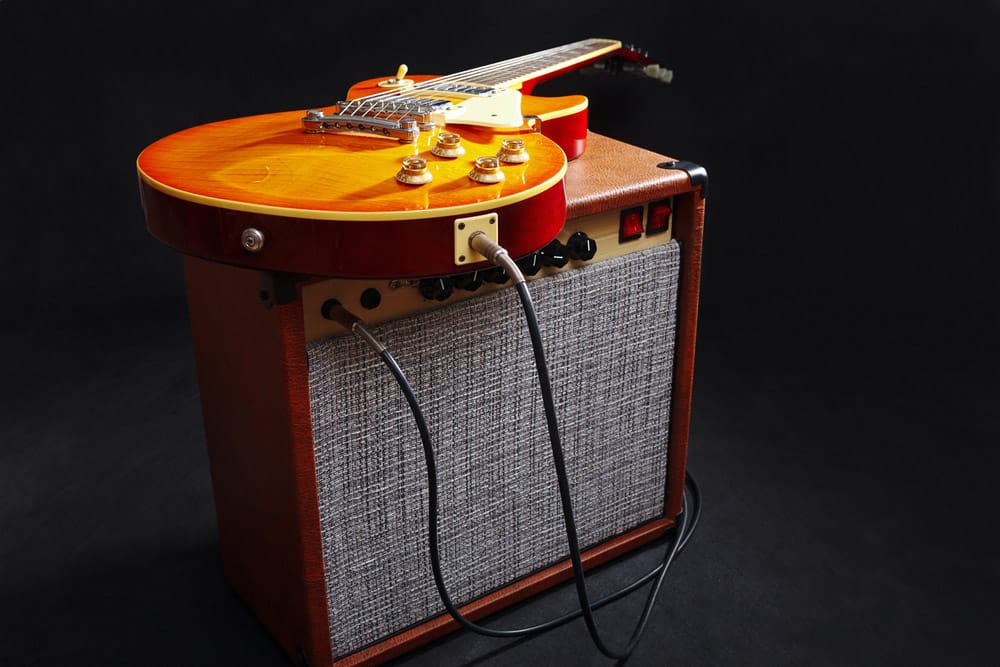
I own the V22 and have had none of these problems in many hours of play. Great amps, great tones with only a delay pedal just to make it sound full.
So I should buy their 5 watt amp for my new lap steel? I play bass full time with broad real life and academic experience, knowledge etc. and am a chronic multi-instrumentist